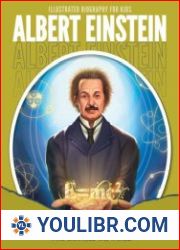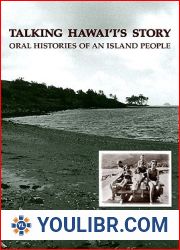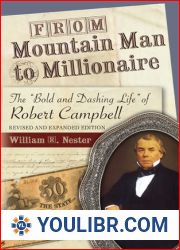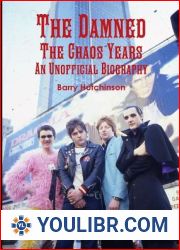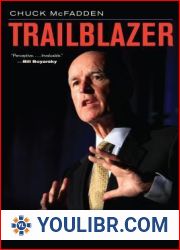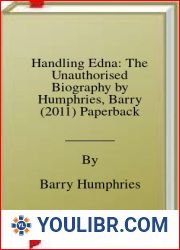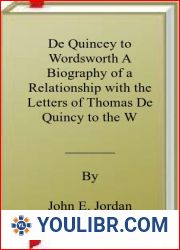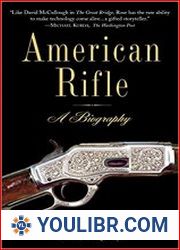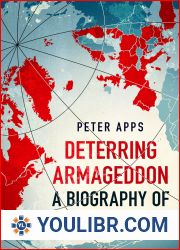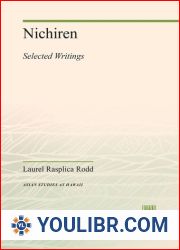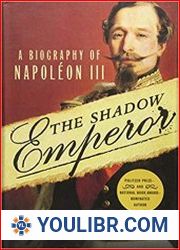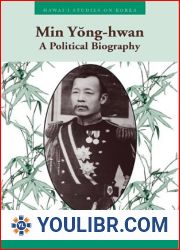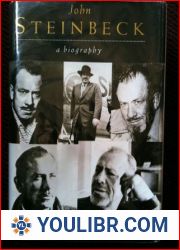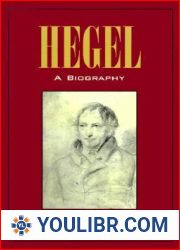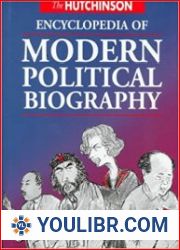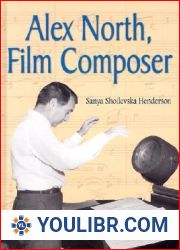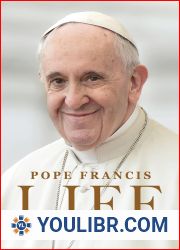
BOOKS - Hamlin Garland: A Biography


US $9.97

385675

385675
Hamlin Garland: A Biography
Author: Jean Holloway
Year: January 1, 1959
Format: PDF
File size: PDF 84 MB
Language: English
Year: January 1, 1959
Format: PDF
File size: PDF 84 MB
Language: English
Hamlin Garland's Main-Travelled Roads is recognized as one of the early landmarks of American literary realism. But Garland's shift in mid-career from the harsh verisimilitude of Prairie Folks and Prairie Songs to a romanticizing of the Far West, and from ardent espousal of the principles of "veritism" to violent denunciations of naturalism, is a paradox which has long puzzled literary historians. In tracing the evolution of Garland's work, the various reactions of his stories under the influence of editorial comment and of contemporary critical reaction, Jean Holloway suggests that the Garland apostasy was an illusion produced by his very intellectual immobility amidst the swirling currents of American thought. His extensive correspondence with Gilder of the Century, Alden of Harper's Monthly , McClure of McClure's , and Bok of the Ladies' Home Journal is adduced in support of the thesis that the writer's choices of subject and of treatment were psychologically forced rather than conditioned primarily by literary theory. As a subject for biography, however, Garland has an appeal far beyond the scope of his literary influence. The friendships of this gregarious peripatetic with the famous began with Howells, Twain, Whitman, and Stephen Crane, stretched down the years to include such younger men as Bret Harte and Carl Van Doren, and crossed the seas to embrace such British literary lions as Barrie, Shaw, and Kipling. Garland's fervent espousal of "causes" - the Single Tax Movement, psychic experimentation, Indian rights-brought him into close contact with other prominent men - Henry George, Theodore Roosevelt, and William Jennings Bryan. These public figures form the incidental characters in Garland's spate of autobiographical works. Yet it is the central figure of his own story which has become permanently identified with the "Middle Border," that region "between the land of the hunter and the harvester" which Augustus Thomas defined as "wherever Hamlin Garland is." In A Son of the Middle Border Garland nostalgically recreated his boyhood on the frontier and, regardless of the detractions of literary critics, preserved for posterity an important segment of American social history.








